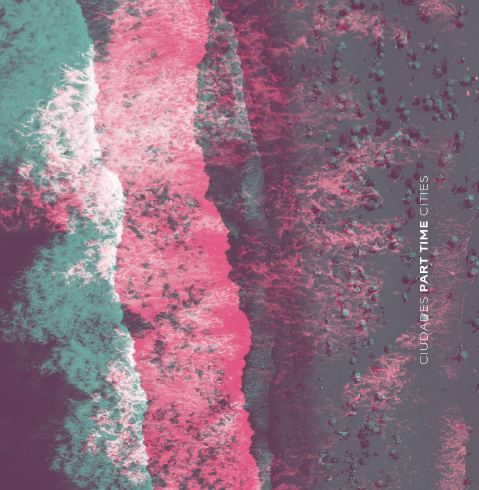Globally, we are facing the consequences of intense growth of urbanization and urban development speculation. In the case of touristic destinations, this is even more extreme. Not only because the environmental resources that are put at risk are the very reason of the popularity of the place, and therefore also their economic and identity value, but also because of the very seasonal character of many of these areas. Picks in visitors flow and resources demand alternate with periods of dead calm, which can at first be a relief for the local population but when the decompensation becomes too evident, maintaining the built environment and ensuring economic revenues and basic services and infrastructure, becomes a challenge.
In the last few years, Chile has been experiencing a rapid increase in departures and arrivals of tourists, national and international. In line with global trends, Chile is part of a system of emerging countries, which seek to increase their competitiveness and presence in an international tourism market. This trend translates into an increase in infrastructures for tourism that, although still lacking in many aspects, are rapidly developing. In the Valparaíso region, the so called ‘Central Coast of Chile’, the presence of touristic offer has functioned as a substrate for the growth of real estate investments in second homes, which has further encouraged the development of the area, transforming it into the main sector of coastal tourism throughout the nation. A process of strong real estate speculation along the entire central coast began.
Part-Time Cities is a study of the central coast of Chile that focuses on the elements that characterize its architecture and landscapes, in relation to their temporal characteristics – how do these part-time cities look like, or what may they become. Through maps, diagrams, and collages, the projects unpacks the relationship between local and seasonal population, housing typologies, urban patterns, and natural landscapes; between mobility infrastructure, connections and flows; between touristic offer and economic systems; between natural resources, energy, environmental risks, and ecological – and anthropic – life cycles. Four frameworks systemize the qualitative aspects presented in the photographic essay and field work with quantitative data emerging from Chilean national databases such as the census [Censo 1992, 2002, 2012] and national tax service [Servicio de Impuestos Internos de Chile] and Truffello and Olivares’s elaboration of this data through probabilistic models: housing, mobility, entertainment and ecosystems. These four layers that have been analyzed in relation to their temporal use and to each other in order to critically understand the coastal landscape and its dynamics. Despite its 5,000 km of coast, Chile yet doesn’t have polices nor regulations that may ensure the development of tourism in relation to local populations and economic activities, such trade, fishing, and cultural assets.
Part-time cities was funded by the Chilean National Council for Culture and the Arts Fondart Program in 2017-2018. Principal Investigator: Jeannette Sordi.
The results are published in the book Ciudades Part-time / Part-time Cities. Jeannette Sordi, Serena Dambrosio. ARQ ediciones, 2019. The book includes maps, photographs, and essays by Jeannette Sordi, Serena Dambrosio, Ricardo Truffello, Pablo Olivares, Diego Pinochet, Laura Catra and a conversation with Macarena Cortés, Manuel Gausa, and Mosè Ricci.






